Diagnosed after more than a decade of symptoms, Bindi Irwin shares her experience of living with endometriosis. She reflects on the early signs and on managing ongoing pain while juggling motherhood and conservation advocacy, all under the scrutiny of life in the public eye. She also shares what she hopes healthcare professionals will take from her story.
Let’s start at the beginning. What were some of the early signs that something wasn’t right with your health, and what helped you trust your instincts when answers weren’t easy to find?
Pain, nausea, gastrointestinal upset, and fatigue were all symptoms that were in the driver’s seat of my life every day. Even when I wasn’t on my period, I didn’t have a ‘good day.’ I felt ‘grey’ every day, and I spent most of my time telling myself to put one foot in front of the other. Looking back now, from my very first period, it wasn’t normal. The snowball effect was tremendous, my symptoms continued to worsen after every cycle.
What was the turning point for you, when you knew you needed to seek out answers and have your symptoms acknowledged and taken seriously?
Having my beautiful daughter changed everything. My symptoms became so much worse after pregnancy. I remember laying on the floor in agonising pain, unable to get up and crying my heart out because I couldn’t be present for our daughter. I was struggling to stay afloat. I wanted to remain a strong, involved-in-life person with my family and my job, but I was in so much pain and fighting an invisible battle daily.
My husband, mum and brother were the only ones that knew what was going on with me. The reason behind every cancelled plan and inability to participate in life. They are the ones that really helped me to stand up and fight for answers. I knew I had to figure out what was wrong with me for Grace and my entire family.
Having my beautiful daughter changed everything. My symptoms became so much worse after pregnancy. I remember laying on the floor in agonising pain, unable to get up and crying my heart out because I couldn’t be present for our daughter.

Photo credit – Australia Zoo

Photo credit – Australia Zoo
When you did decide to seek out help, on your pathway to a diagnosis, was there a particular moment, a conversation or interaction that has stayed with you?
After my incredible surgeon, Dr Seckin, had operated on me he asked me, “How did you live in this much pain?” The validation from that one conversation healed so many years of agony. I think it’s so incredibly important to listen when someone is in pain, to genuinely care means so much more than I can possibly describe. Dr Seckin removed my endometriosis lesions, but he also helped me heal from years of feeling unheard and unseen.
Living with a chronic condition like endometriosis can affect every part of life. What has helped you find moments of balance, even on difficult days?
I feel incredibly grateful that our work and our family are both so intrinsically linked. From our family run business, Australia Zoo, to our conservation work through our nonprofit, Wildlife Warriors, we do everything together as a family. Decisions are made together, our travel is usually together, our lives are dedicated to protecting wildlife and wild places.
My passion in life is our conservation work, and my heart revolves around my family. It’s incredible that in a way, it’s self-balancing. Are we incredibly busy? Yes. However, our work is our entire lives, and time together is my most treasured.
We always prioritise time off whenever we can. For example, family road trips, visiting our conservation properties or just an afternoon at the beach. Having our daughter who is now four years old, makes it much, much easier to plan time away. We are always finding fun activities for her and planning places we want to take her; she reminds me and our entire family of the importance of slowing down and enjoying life every day.
You’ve spoken about how having your daughter Grace prompted you to seek a diagnosis. Has becoming a parent to a daughter changed the way you think about endometriosis and how you talk about it?
Absolutely. There is a very real possibility that Grace will have endometriosis. I want to raise as much awareness as I can so that her journey may be less difficult.
Your decision to speak so openly about your experience clearly resonated with many. What made you decide to go public with your story initially, and has the public response surprised you?
My journey to discovering I have endometriosis was a very rocky road. It took more than 10 years to be diagnosed. The anxiety, pain and depression that comes with an undiagnosed, invisible illness was extremely difficult to navigate. I decided that if my story could help even just a few more people feel less alone, then it was worth sharing.
I was incredibly nervous to share my story. Over the last two years I’ve had two surgeries, 51 endometriosis lesions removed, my appendix removed, and a hernia repaired. I had no idea what to expect when I shared my experiences with endo, but I certainly could not have imagined the number of women who reached out sharing their own heartbreaking stories. So many who have felt alone and debilitated by the pain. It feels more important than ever to share our stories, because the more this disease is discussed the more people can find the help they desperately deserve.
Given that many of our readers are women’s healthcare professionals who see patients with endometriosis every day, what would you like them to better understand about what it’s like to live with the condition?
Two things:
Laparoscopic excision surgery is widely considered the “gold standard” for treating endometriosis. Look into this, learn more about it.
Listen and genuinely care. I felt so utterly alone and ashamed as a teenager and young adult being told that my pain was just part of being a woman. I felt lesser. I felt hurt. I felt weak. That is not ok. I had a terrible disease causing more than fifty lesions in my body, including a chocolate cyst that ravaged my ovary. If someone is brave enough to share their pain with you, please don’t brush it aside. Your validation for what they are going through may very well save their life.
Listen and genuinely care. I had a terrible disease causing more than fifty lesions… your validation may very well save someone’s life.
What do you hope your advocacy will achieve, not just for others living with endometriosis, but for how we talk about women’s health more broadly?
My grandmother and mother never talked about their periods or women’s health. It wasn’t what was done back then in our family. My mum was left to face her period and basic women’s health alone. That breaks my heart. My beautiful, courageous, wonderful mum worked hard to make things different for me. She made sure I felt safe talking to her and she’s the one who found the surgeon that discovered my endo. Young girls and women shouldn’t feel alone with these things. We need to take away the stigma of talking about women’s health. It’s time to have open discussions and change the tide for women’s health on a global scale. And that will only happen by raising awareness in every way we can.
I hope sharing my story in the most honest way will open the door to a greater discussion. Endometriosis is such a misdiagnosed disease, and the symptoms can be vastly different for each person which makes it difficult to discover. I am in awe of every person who has found the strength to discuss their own battles. I hope that together we can encourage positive change for girls’ and women’s health everywhere.
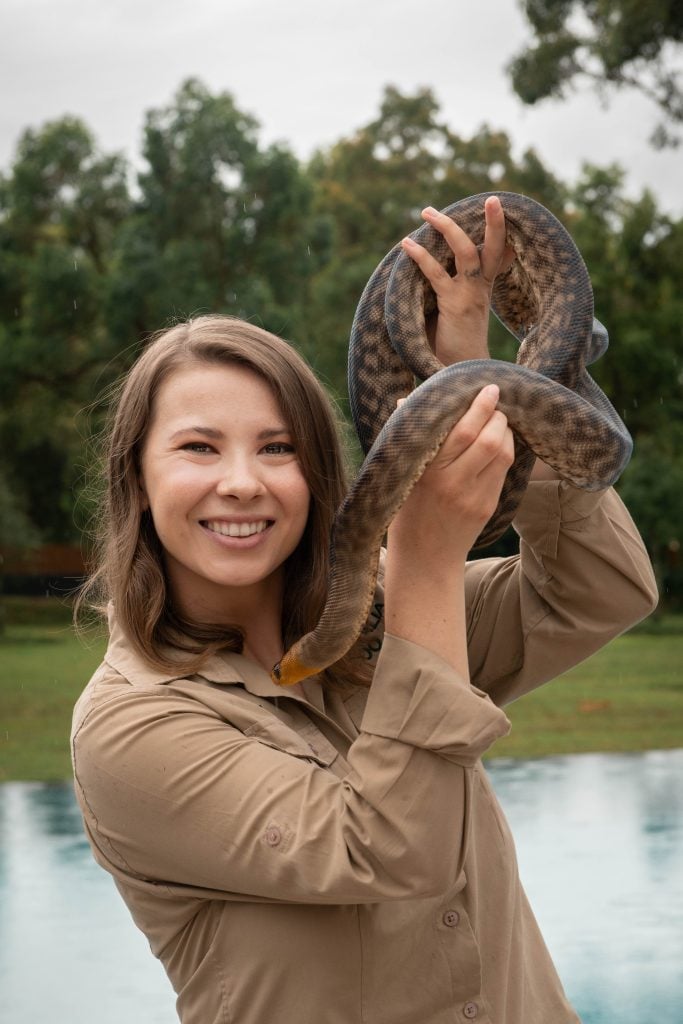
Photo credit – Australia Zoo
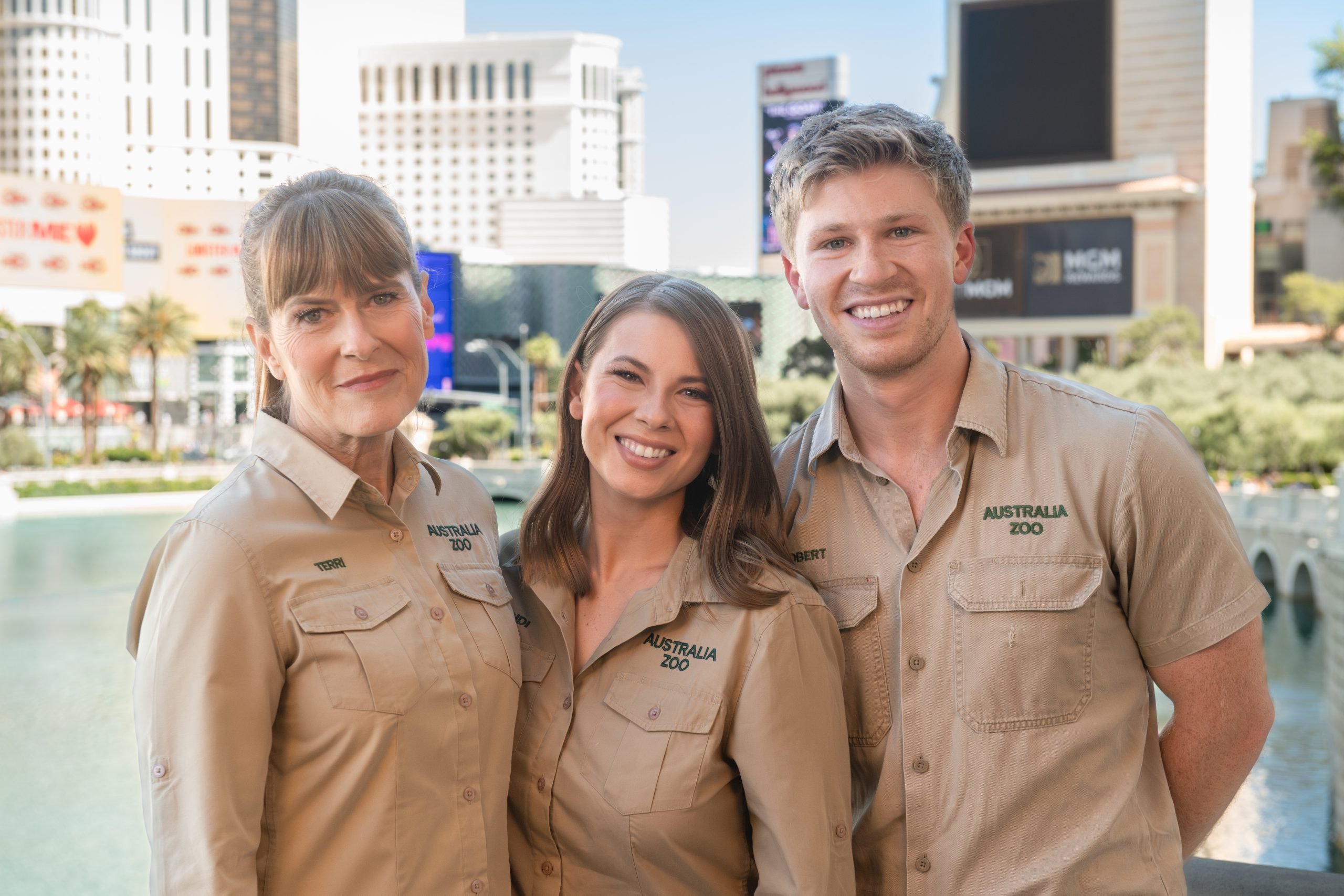
Photo credit – Australia Zoo


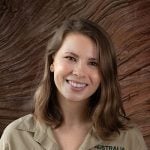
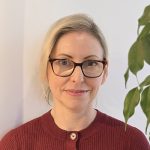
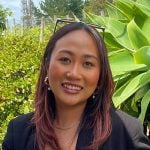



Leave a Reply